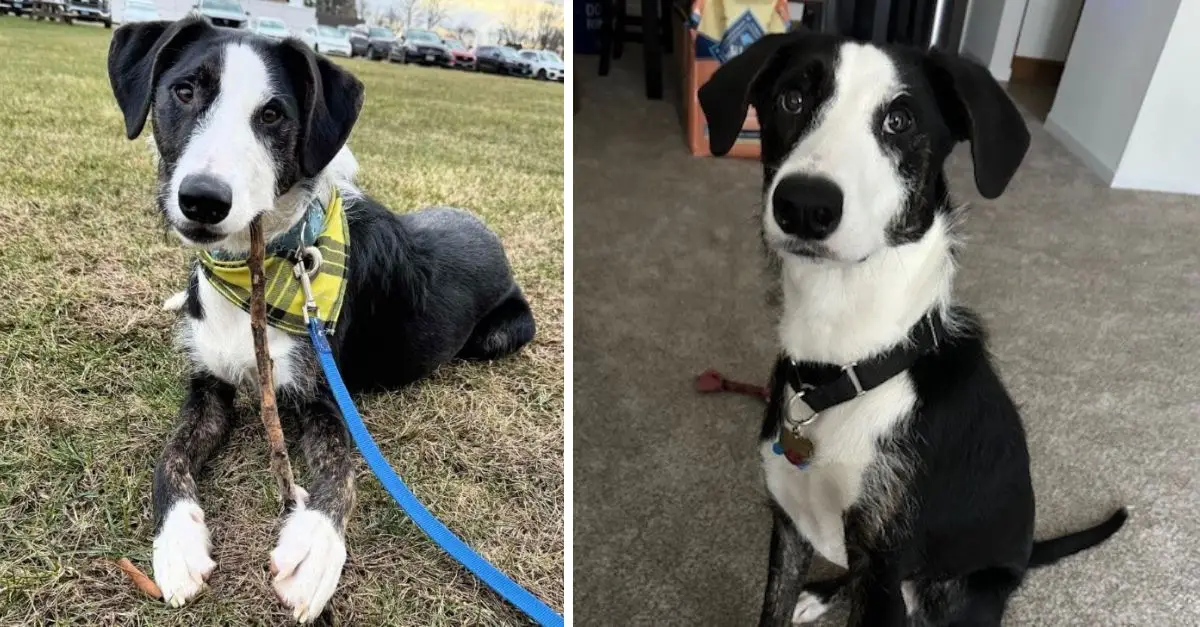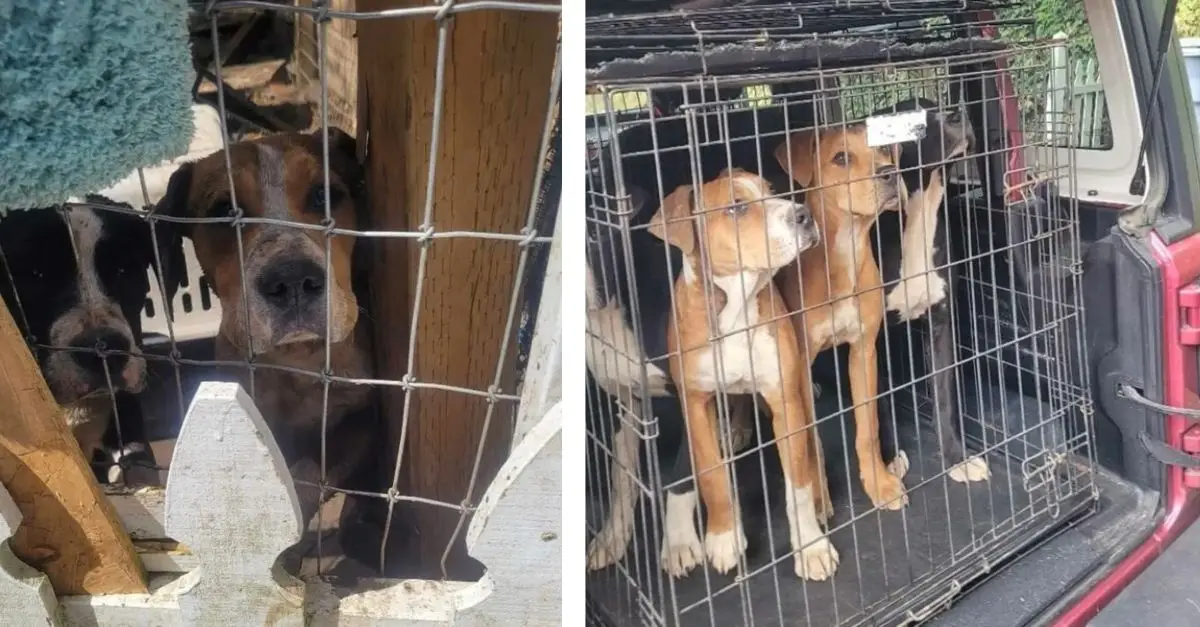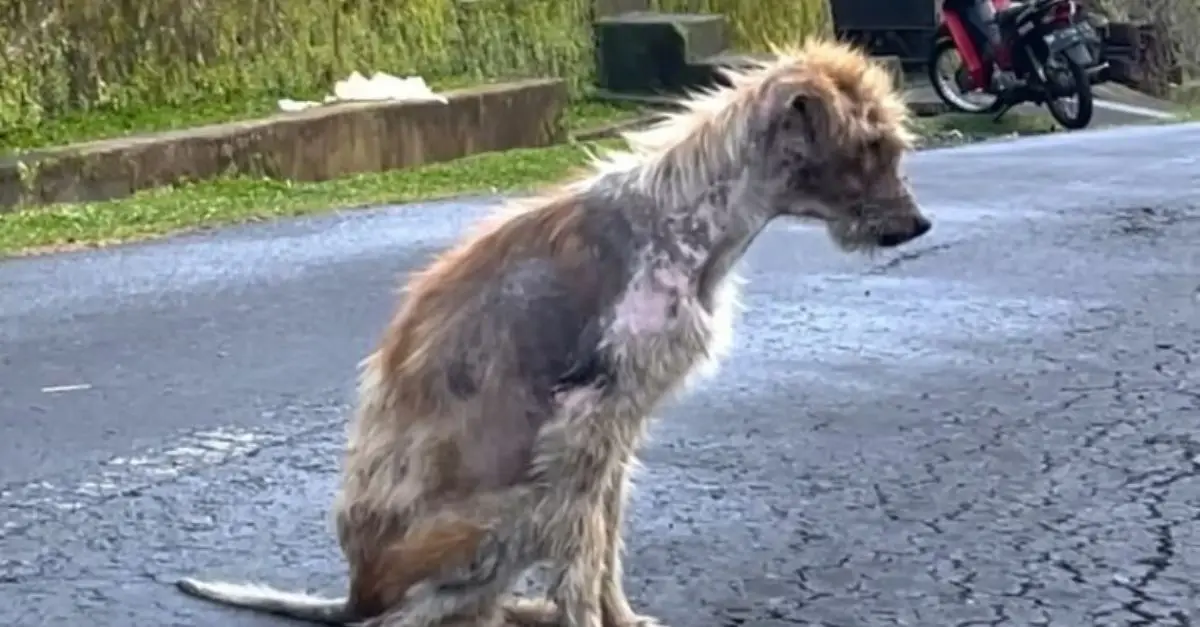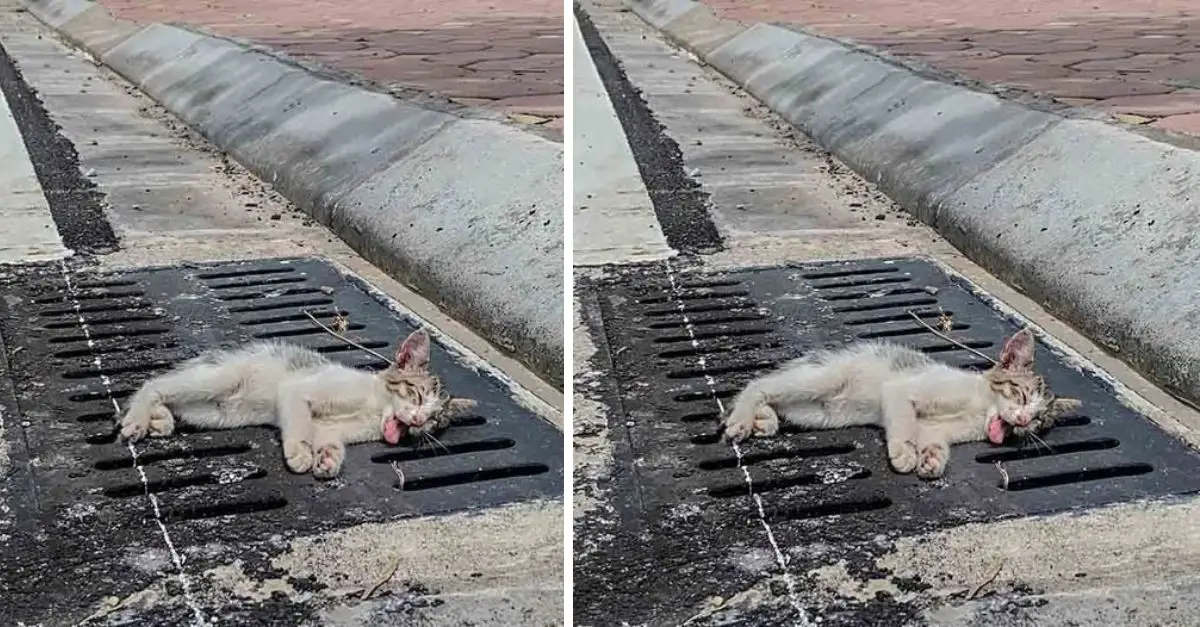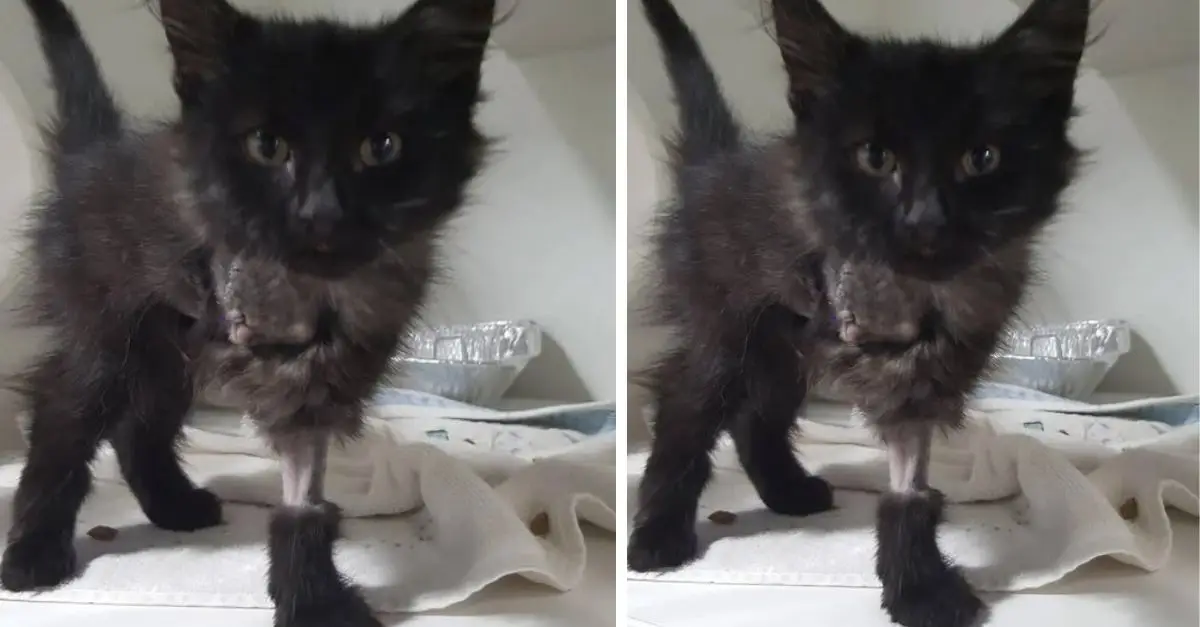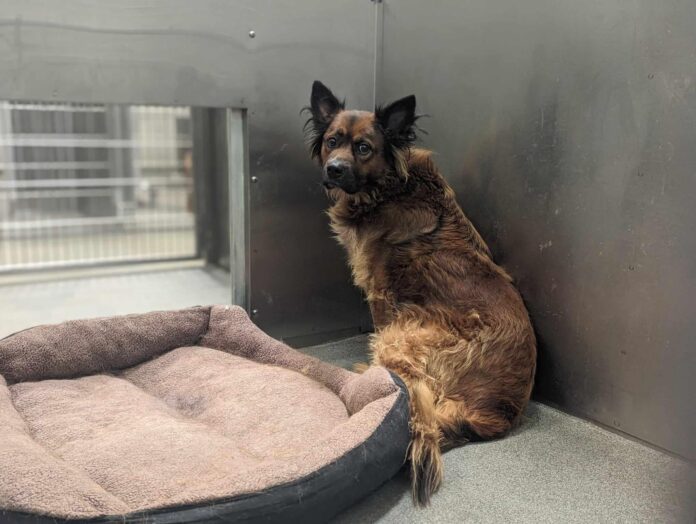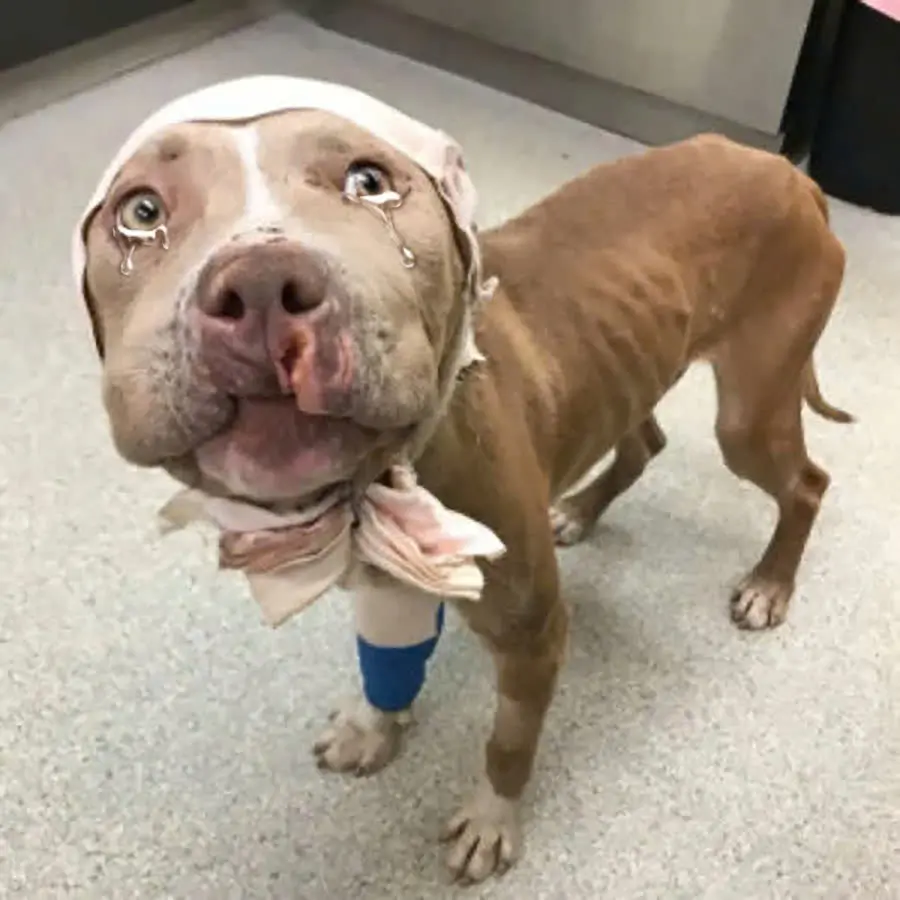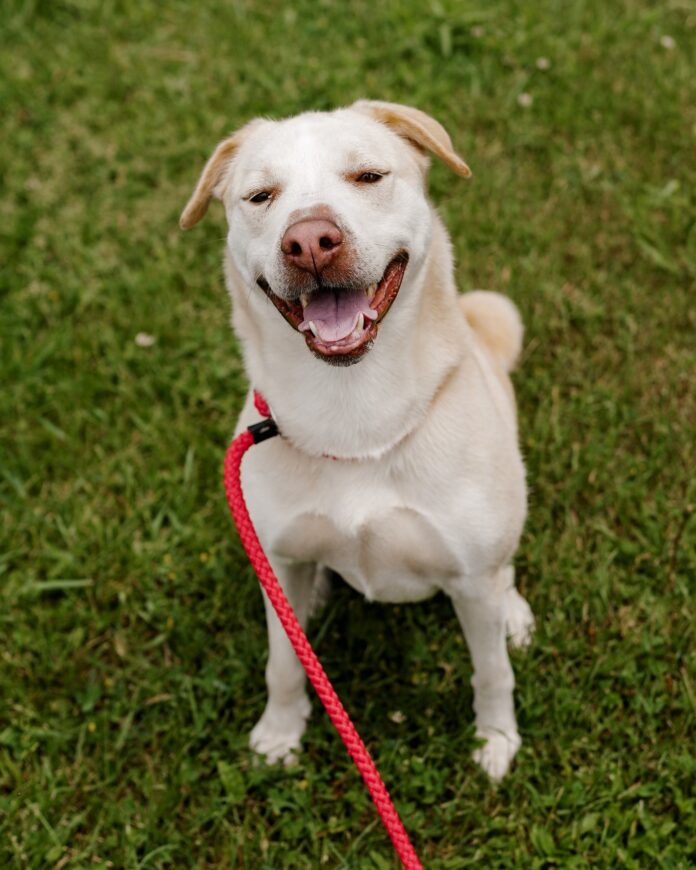
Extending the Circle of Compassion: The Noble Work of Wildlife Preservation
While the image of animal rescuers often conjures visions of individuals dedicated to saving stray dogs and cats from the perils of urban environments, the realm of animal welfare extends far beyond our domesticated companions. Many dedicated organizations broaden their mission to encompass the vital task of assisting and preserving the diverse wildlife within their respective states, a truly commendable and essential endeavor.
We are all aware that human interactions with the natural world frequently leave an indelible mark, and unfortunately, this impact can sometimes lead to suffering for the animals that call these environments home. Whether it’s habitat encroachment, pollution, or accidental injury, human activities can create significant challenges for wildlife populations. In other instances, animals may face natural hardships, the inherent struggles of survival in the wild where intervention is not always appropriate or feasible. However, the dedicated rescuers we are about to learn about encountered a situation within the woods that was both unexpected and deeply concerning, prompting them to step in and offer a lifeline to a creature in dire need.

A Troubling Discovery: Unveiling a Cub in Critical Condition
When the dedicated team at Gold Country Wildlife Rescue (GCWR) first encountered a young black bear cub in the North Auburn area of California, the severely compromised condition of the animal left them in disbelief. The tiny bear appeared gravely ill and alarmingly malnourished, his small body bearing the visible signs of significant suffering. Further assessment revealed that he was also critically dehydrated, anemic, and battling multiple skin infections, among a host of other serious health issues.
Recognizing the life-threatening nature of the cub’s state, the experienced rescuers understood the urgency of the situation. They carefully and swiftly took possession of the vulnerable bear and immediately transported him to their wildlife rehabilitation facility, knowing that time was of the essence in giving him any chance of survival.
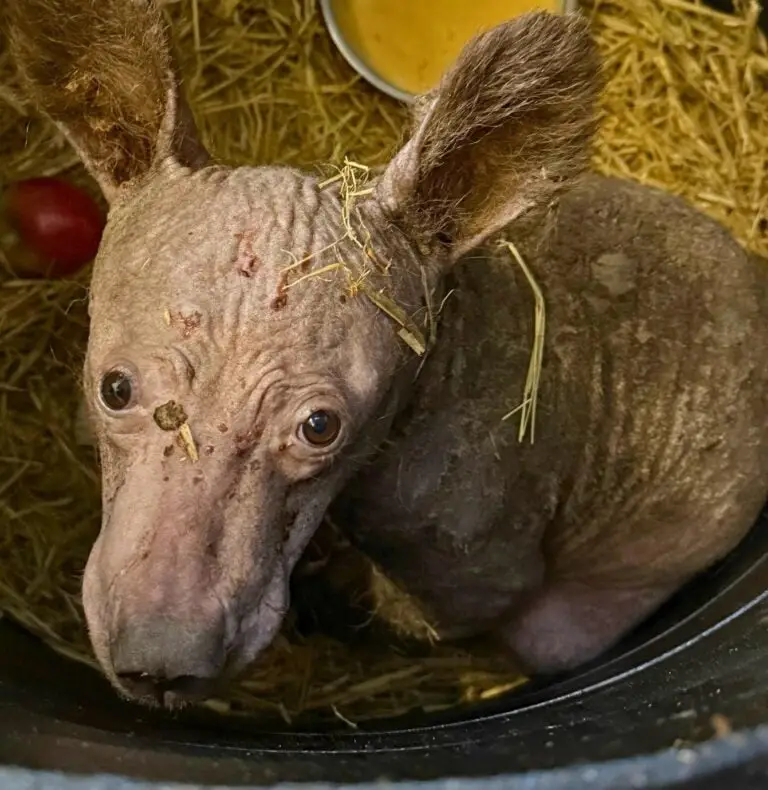
Upon his arrival at the GCWR center, the bear cub was promptly placed under the care of a skilled veterinarian. Thorough and comprehensive examinations were conducted to fully understand the extent of his medical needs. The prognosis was sobering: the cub would require extensive and prolonged treatment to address his myriad health problems. While there was no guarantee of success, the rescuers knew they had no other choice but to try. This tiny life was in peril, and they were determined to offer him every possible opportunity to recover and thrive.
Weeks of dedicated and intensive treatment followed, with the GCWR team and the veterinary staff working tirelessly to nurse the fragile cub back to health. Slowly but surely, the rescuers began to observe encouraging changes in the bear’s appearance. His thin and patchy fur was beginning to grow back, a soft fuzz gradually covering his small body. It was a visual sign of progress, a hopeful indication that his internal struggles were beginning to subside and that a positive turning point had been reached.
A Glimmer of Playfulness: Signs of Recovery and Budding Strength
The positive developments extended beyond the regrowth of his fur. The once lethargic and unresponsive bear cub began to exhibit small but significant signs of renewed energy and even a touch of playfulness. The dedicated rescuers at the California wildlife center interpreted these heartwarming changes as clear indicators that the cub was indeed on the mend and that their tireless efforts were making a tangible difference.

He showed a particular fondness for splashing and playing in a small kiddie pool, finding moments of joy and perhaps a bit of relief in the cool water. He also seemed to enjoy interacting with an unconventional enrichment tool – a hammock fashioned from a firehose, providing him with a unique and stimulating way to engage with his environment. However, mindful of their ultimate goal of returning him to the wild, the rescuers consciously limited their direct interaction with the cub, wanting to minimize human imprinting and maximize his chances of successful reintegration into his natural habitat.
As time progressed, the bear cub continued to improve at an encouraging rate. Not only was his health steadily improving, but he was also experiencing significant physical growth, a testament to the consistent nutrition and expert care he was receiving. The positive changes were happening almost daily, fueling the rescuers’ optimism for his future.
Navigating the Future: Weighing Sanctuary Versus the Wild
Now that the bear cub’s recovery seemed increasingly certain, the dedicated team at Gold Country Wildlife Rescue began to turn their attention to the crucial next phase: determining the most appropriate long-term plan for him. They carefully considered the complex question of whether he should remain in the safety of a wildlife sanctuary or be released back into his natural habitat.
The rescuers were acutely aware of the potential challenges that the cub’s time spent in human care might pose to his survival skills in the wild. They understood that prolonged human interaction could inadvertently impact his ability to effectively forage for food, avoid danger, and ultimately thrive independently. Therefore, they were meticulously weighing all the factors, striving to arrive at the most responsible and beneficial solution for the young bear.
For the time being, the bear cub would continue to reside under the watchful and expert care of his amazing rescuers at the GCWR facility. This news was undoubtedly comforting to all those who had followed his arduous journey. It was reassuring to witness the deep commitment and genuine concern the rescuers held for his well-being, and the collective hope remained strong that this resilient cub would be given the best possible opportunity to live a long and fulfilling life, whether in a protected sanctuary or back in the wild where he belongs.


